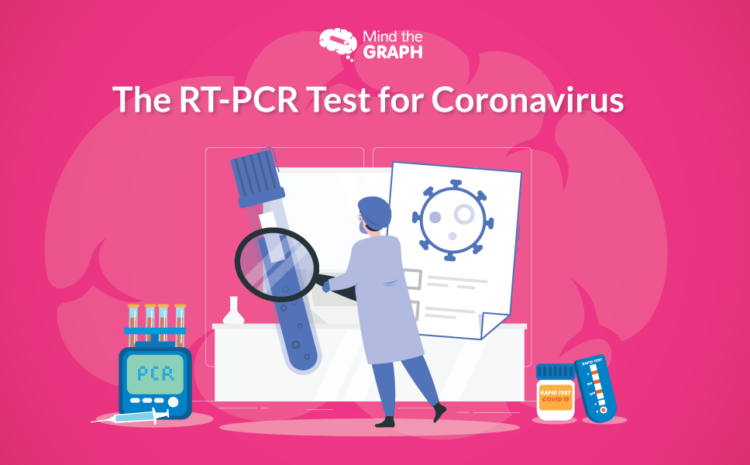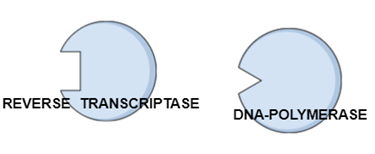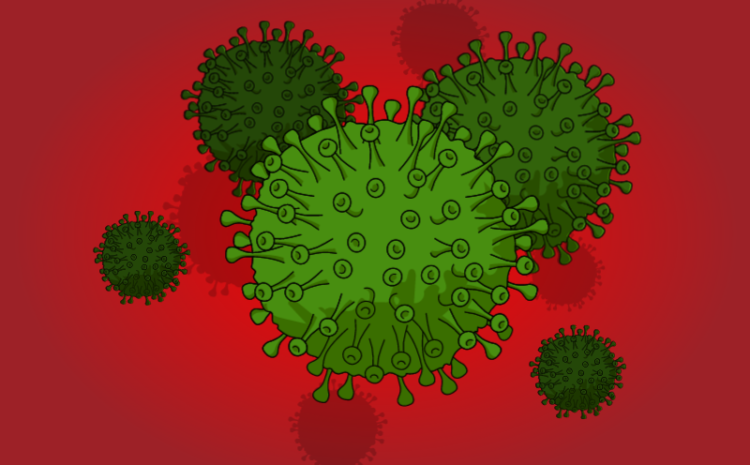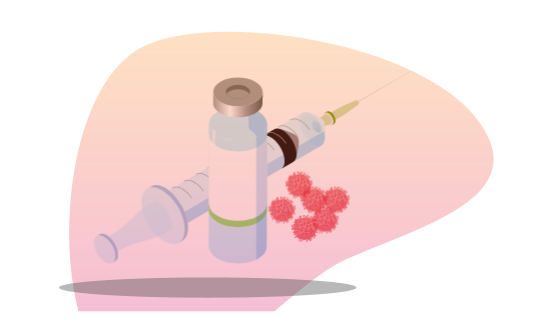From many things that you have heard about COVID-19 in 2020, one thing in the midst of it all is the test used to detect if someone is contaminated with the virus, the famous RT-PCR test or only PCR.
Surely, you have already heard about this test before, from a medical professional or in the news. PCR test is employed to detect the presence (or not) of the virus in someone’s body.
RT-PCR test is not the only one that can detect the virus, but it is, compared to the other methods, the most accurate and reliable one. Another test is the conventional serology test that detects specific antibody levels in blood samples.
The letters in RT-PCR, stands for Reverse Transcription Polymerase Chain Reaction, it has been used for decades by scientists to produce multiple copies of genetic material.
In other words, in this case, more genetic material from the SARS-CoV-2, which are used as fingerprint to attest the presence of the virus in samples from the nose, ears or saliva collected from patients. If there are any viruses hidden in the sample even in small amounts it will be able to detect because of its copy-paste cycle. That is why the RT-PCR test is so reliable.
The test is a method with basically two steps inside of temperature cycle, which does a copy-paste process of a piece of genetic material, whether DNAs or RNAs.
The test requires a thermocycler machine which has a precise temperature and time control. Through multiple temperature cycles the viral genetic material will increase. An example of a temperature cycle is shown next.
The method requires two main enzymes, the Reverse Transcriptase (that’s why the “RT” in the title) and the DNA-polymerase. Each one of them has a phase of action and a function. In the figure above, the yellow phase of the cycle is when the RT acts, and the red phase is when DNA-polymerase does its job.
The first enzyme makes the complementary DNA strand from the RNA virus, allowing the second enzyme to carry out the work of copy-paste from the new just made it DNA strand, increasing the amount of genetic material present. This amplification makes possible characterize and/or manipulate the genetic material, when in a smaller amount would not be possible.
For all of this process occur the enzymes need help from a small (or big) molecule called PRIMER. The primer function is to indicate the location where the enzyme should begin to extend the strands, without it the copy-paste process of the DNA-polymerase won’t start.
The primer can be chosen with a random or a specific shape. It is very important to know the genetic map of the vírus in cases like this, so that specific primes can be used to increase the efficiency and reliability of the results.
If you are curious like us and you would like to know more details about the RT-PCR you can check more details this scientific article right here but in essence here are everything that is need to do the test:
Viral genetic material, the RNA
Reverse Transcriptase and DNA-polymerase enzymes
PRIMERS
Nucleoside triphosphates
And Fluorescent Reporter Dyes:
To know the results of a sample that may or may not be contaminated with COVID-19 virus, fluorescent reporter dyes assay is used in combination with the RT-PCR test. The assay is based on the presence or not of a sample’s fluorescent signal. In the absence of a signal the test can be concluded as negative or false-negative. In the presence of an intense signal it can be concluded not only positive for the presence of vírus but also as an advanced stage disease.
Mix all the ingredients and put it in the thermocycle machine.
The first step of the test is shown in the infographic next. The RT enzyme makes the first copy of the genetic material of the virus present in the sample. Following you see the second step of the RT-PCR method. The primer indicates the start position and the DNA-polymerase through enzymatic reaction begin to extend the DNA strands.
Finally, this picture is an electron micrograph image of the SARS-CoV-2 virus, and it is possible to see perfectly the structure of the virus. Isn’t that beautiful?
The test is complex and is not that simple as it seems to be, but I bet with the infographics it was much easier to understand the big picture of how it works, right?
You can do that with any scientific information you want using Mind the Graph. The platform is here to give you autonomy to better communicate science information. Learn more about how to use the platform and if you need any help please contact us!
Reference
AI, T. et al. Correlation of Chest CT and RT-PCR Testing for Coronavirus Disease 2019 (COVID-19) in China: A Report of 1014 Cases. Radiology, v. 296, n. 2, p. E32–E40, 26 fev. 2020.
GIBELLINI, D. et al. Quantitative detection of human immunodeficiency virus type 1 (HIV-1) viral load by SYBR green real-time RT-PCR technique in HIV-1 seropositive patients. Journal of Virological Methods, v. 115, n. 2, p. 183–189, 1 fev. 2004.
JAMES, D. A simple and reliable protocol for the detection of apple stem grooving virus by RT–PCR and in a multiplex PCR assay. Journal of Virological Methods, v. 83, n. 1, p. 1–9, 1 dez. 1999.
LI, Y. et al. Stability issues of RT-PCR testing of SARS-CoV-2 for hospitalized patients clinically diagnosed with COVID-19. Journal of Medical Virology, v. 92, n. 7, p. 903–908, 2020.
LIAO, C.-S. et al. Miniature RT–PCR system for diagnosis of RNA-based viruses. Nucleic Acids Research, v. 33, n. 18, p. e156–e156, 1 out. 2005.
MOHAN, A. et al. Prevalence of viral infection detected by PCR and RT-PCR in patients with acute exacerbation of COPD: A systematic review. Respirology, v. 15, n. 3, p. 536–542, 2010.
NOLAN, T.; HANDS, R. E.; BUSTIN, S. A. Quantification of mRNA using real-time RT-PCR. Nature Protocols, v. 1, n. 3, p. 1559–1582, ago. 2006.
Novel Coronavirus SARS-CoV-2 | This transmission electron mi… | Flickr. Disponível em: <https://www.flickr.com/photos/niaid/49534865371/>. Acesso em: 23 jul. 2020.

Subscribe to our newsletter
Exclusive high quality content about effective visual
communication in science.













